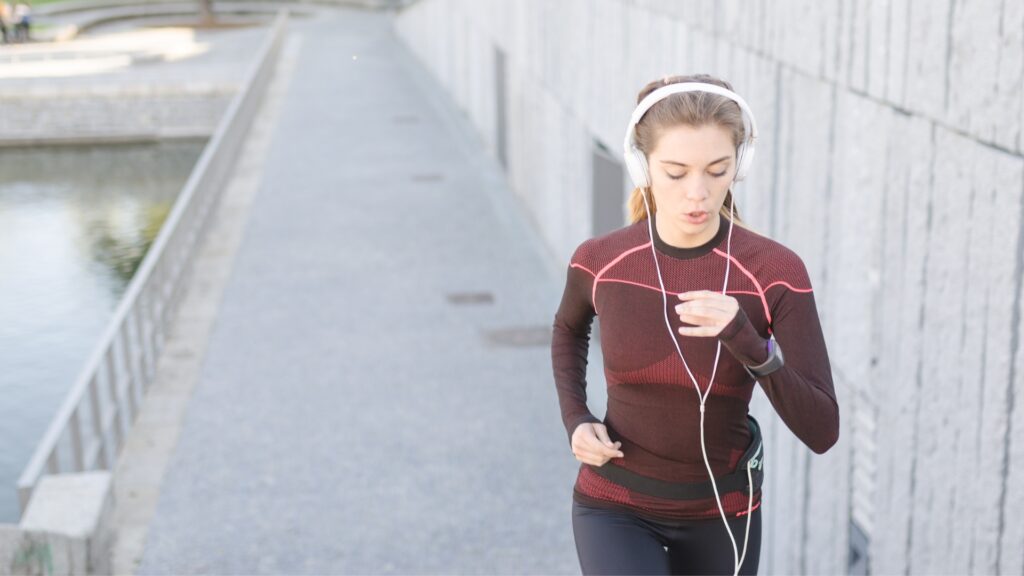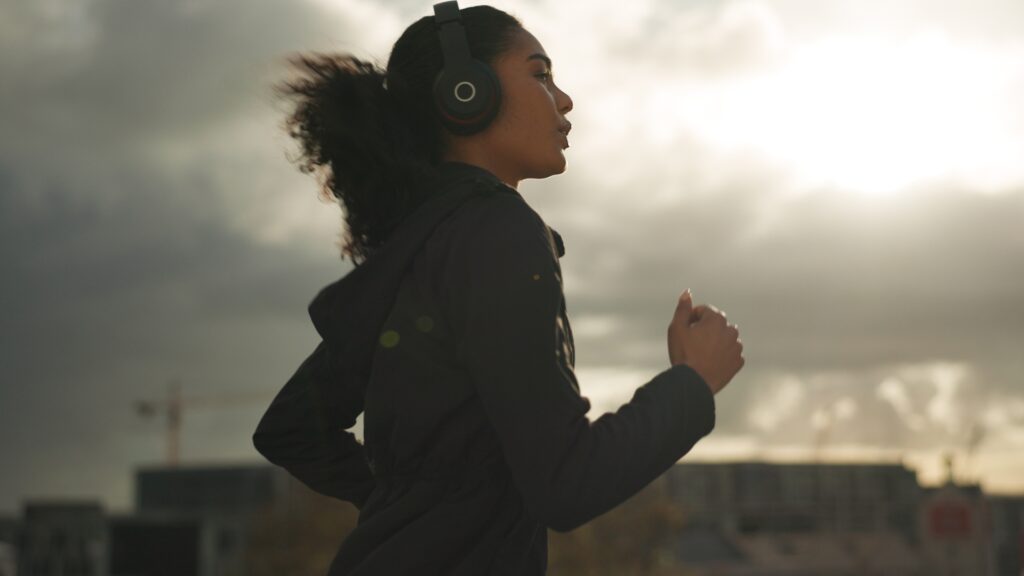Many runners find motivation and enjoyment in training with music, often using headphones or AirPods to keep pace and stay energized.
Using music-playing devices during official races can lead to disqualification, leaving some runners puzzled about the strict enforcement of this rule.
Let’s explore the reasoning behind this regulation and its implications for runners.

The Rule Of No Music During Races
The rule against using AirPods or similar devices in races comes from the International Association of Athletics Federations (IAAF), the global governing body for the sport of athletics.
This rule is rooted in safety concerns, particularly for track and field events where numerous activities occur simultaneously.
For example, at major athletics competitions, multiple events like long jump, pole vault, javelin, and discus throw are happening concurrently, often in close proximity.

Safety Concerns Of Listening To Music While Running
During such events, it is crucial for referees and marshals to communicate quickly and effectively with athletes to prevent accidents.
An athlete lost in music might not hear warnings about potential hazards, such as a stray javelin or an incoming shotput. This safety protocol has been extended to road running events, although the immediacy of the danger may not be as pronounced as in track and field settings.
Even in road races, the ability to hear instructions or warnings can be crucial. Race officials might need to alert participants to hazards on the course, such as obstacles, weather-related issues, or the need to give way to emergency vehicles. Wearing headphones can impede this communication, potentially putting the runner and others at risk.
Many experienced runners, including coaches, have encountered dangerous situations due to being unaware of their surroundings while wearing headphones.
For instance, runners have reported nearly being hit by cars or bicycles because they couldn’t hear approaching vehicles or warnings from others.
These incidents highlight the personal safety risks associated with using headphones during outdoor activities.
Training vs. Racing
While the rule is strictly enforced in official races, training with music in controlled environments is generally safe. Gyms or well-known, low-traffic routes can provide a secure setting for runners to enjoy their music without significant risk. Music can indeed be a powerful motivator, helping runners maintain their pace and enthusiasm during long training sessions.

Compliance and Enforcement
Race organizers are within their rights to enforce the no-headphones rule, and participants can be disqualified for violating it.
Although some may argue that the rule is unnecessary or overly strict, it remains a standard for ensuring safety and fairness in competitive running. Runners are encouraged to adhere to these regulations to avoid disqualification and contribute to a safe racing environment.
In conclusion, while music can enhance the training experience, understanding and respecting the reasons behind the ban on AirPods and similar devices in races is important. Safety concerns and the need for clear communication during events are paramount, and complying with these rules helps ensure a secure and fair competition for all participants.



Comments are closed.